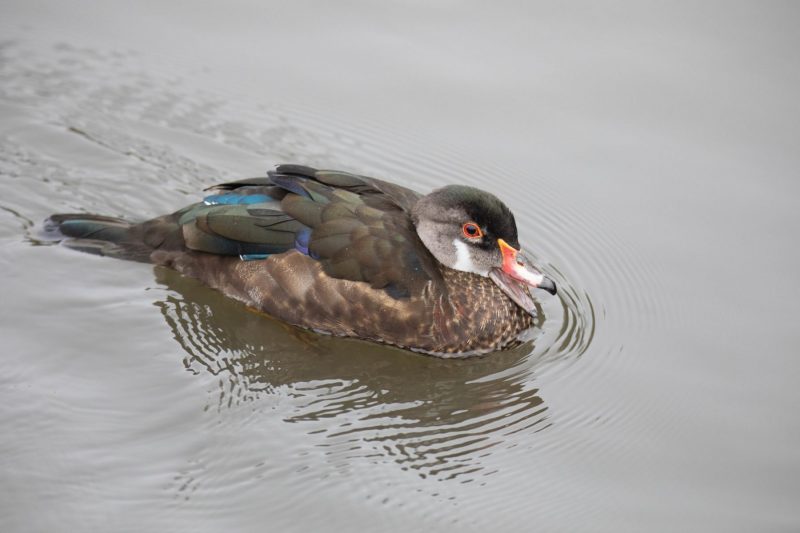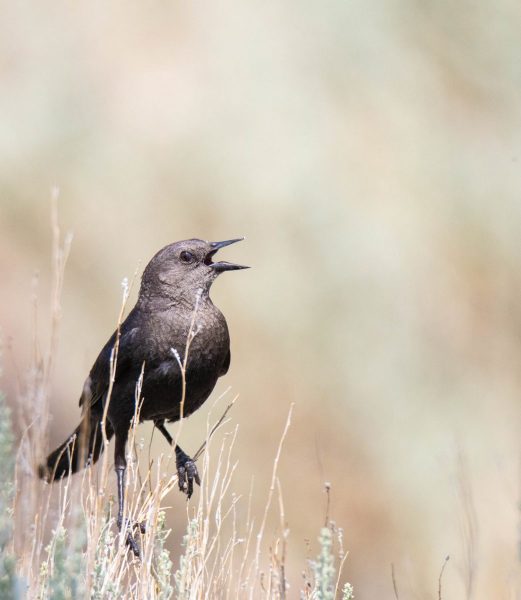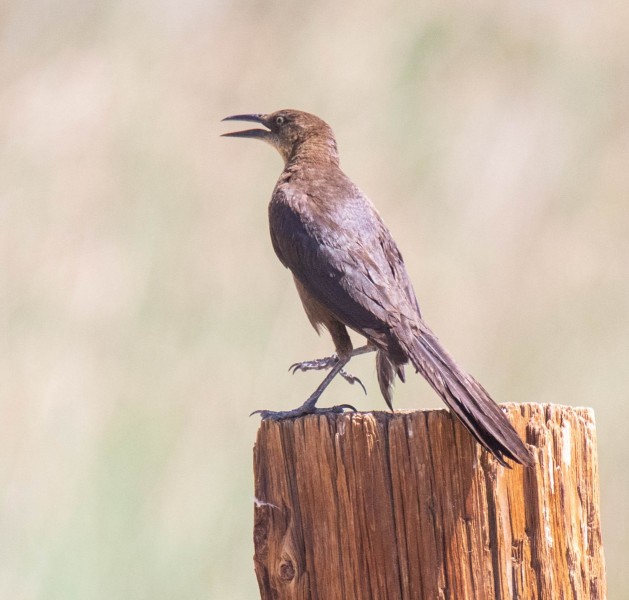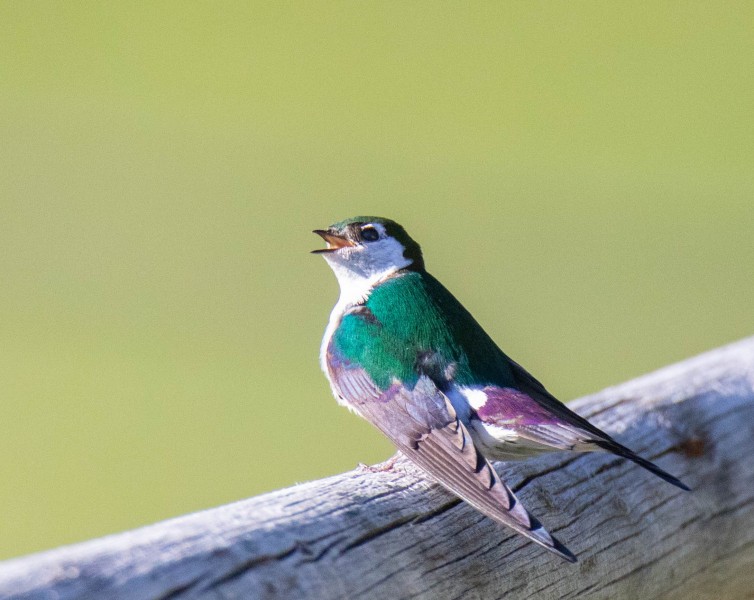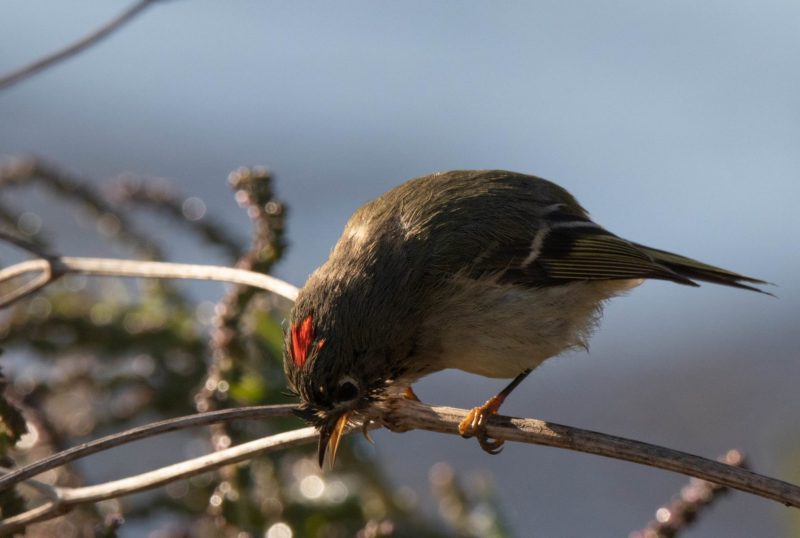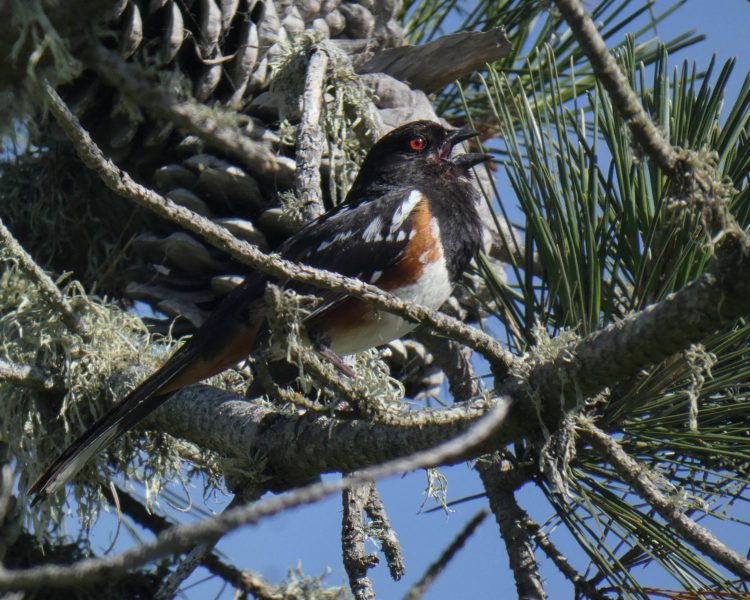It started with perching birds.
When Katherine and I began to get more seriously (though not seriously) into birding, I took photos of the birds so that we could identify them later. My eyes aren’t great and I couldn’t always tell — even through the camera lens — what we were looking out. Plus, they were so few birds that I could identify by sight even if I could see it.
The backyard was a good place to start. This California Scrub Jay (which I originally just identified as a blue bird with a white belly) was eating our persimmons. Look closely and you can see that he has a piece in his mouth. I was torn between chasing him off (I love persimmons) and taking his picture. The picture won out.

Moving further afield, getting two birds in one picture — especially Great Horned Owls — was a thrill. (You may think I am easily thrilled 😆.)

Some of the birds, like Bushtits and the below Oak Titmouse, search for insects among the leaves and twigs of trees and shrubs. Catching them upside down is always fun.

This is almost an iconic photo taken by Katherine when we were in Montana. She was using a Panasonic Lumix. It’s almost a point and shoot camera but it has an amazing zoom for a camera of its size and weight.

This Cooper’s Hawk was pointed out to us by a woman at Antonelli Pond one day. He was sitting on a low branch and posed for several pictures for me.

Once I got reasonably proficient at taking pictures of birds that were basically sitting still for me, I needed a greater challenge. I needed to catch them vocalizing. Birds make different kinds of sounds for different reasons. The Cornell Lab some cool information about that on their site. I have been trying to learn the bird sounds so I can more easily identify them. The Spotted Towhee, seen in the gallery below, has one song that I can usually identify. When I hear that song, I can usually find the bird.
Below are pictures of birds caught in the middle of making a sound or singing a song.
In my next post, we’ll see how I do when I decide that I need another challenge; catching birds mid-song isn’t enough anymore.😉
